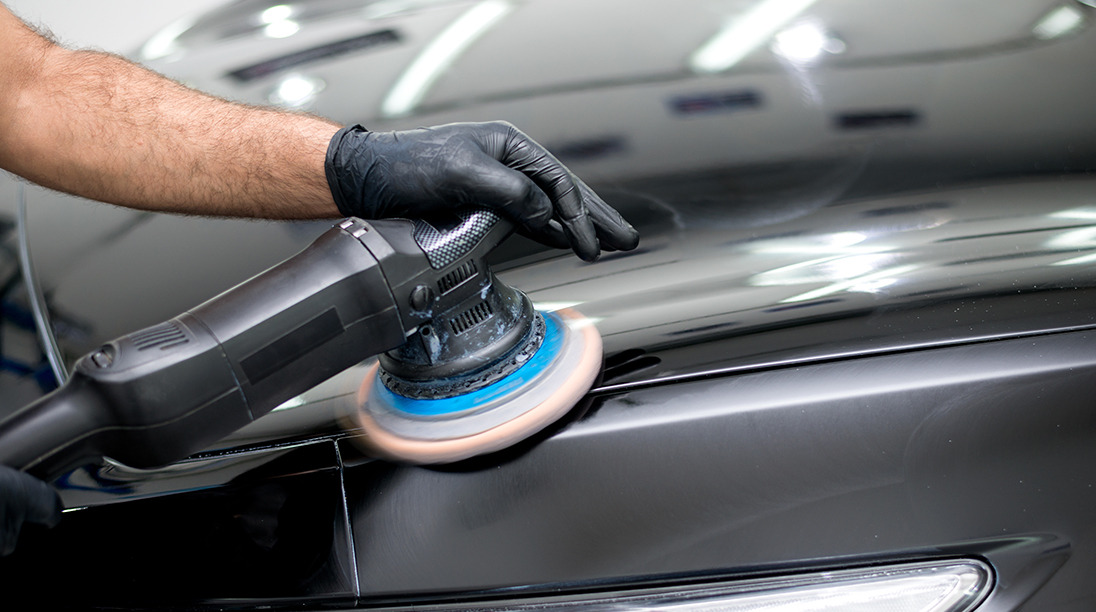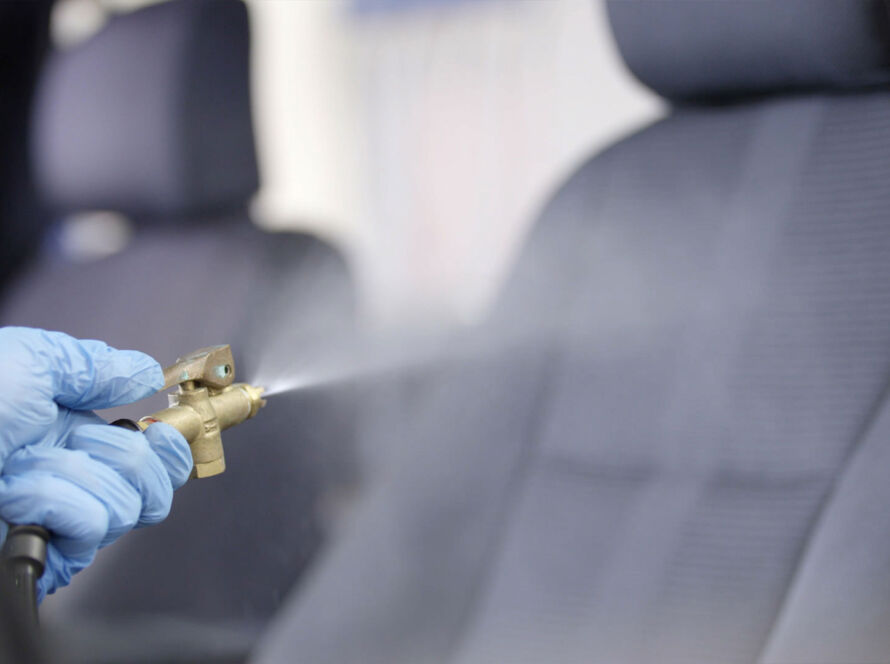Cutting Pads, Compounds, and Machines: Paint Correction Tools Defined
Behind every flawless paint correction are the right tools and techniques. While the process is often described in general terms like “polishing” or “buffing,” the real magic comes from how detailers use cutting pads, polishing compounds, and machines together.
According to the International Detailing Association, over 80% of paint correction success depends on tool and product selection, not just skill. Each element — pad, compound, and machine — plays a specific role in restoring paint safely and effectively.
What Are Cutting Pads?
Cutting pads are foam, microfiber, or wool pads attached to polishing machines. Their job is to transfer compounds onto the paint surface and help level the clear coat.
- Foam Pads: Versatile and come in different densities for light to heavy cutting.
- Microfiber Pads: Provide faster cutting power, great for harder clear coats.
- Wool Pads: Aggressive cutting, often used for severe defects but require skill.
What Are Polishing Compounds?
Compounds are abrasive liquids or pastes that work with pads to remove defects. They vary in aggressiveness:
- Cutting Compounds: Remove deep scratches, heavy swirls, and oxidation.
- Polishing Compounds: Medium abrasives for refining after cutting.
- Finishing Polishes: Ultra-fine abrasives that enhance gloss and clarity.
Modern compounds are designed to break down as they work, starting aggressive and finishing finer.
What Machines Are Used in Paint Correction?
Paint correction machines provide the motion that allows pads and compounds to cut into the clear coat safely. The two most common types are:
- Rotary Polishers: Spin in a single circular motion, powerful but can create holograms if misused.
- Dual-Action (DA) Polishers: Move in a random orbital pattern, safer for beginners and more forgiving.
Professionals often combine both for efficiency: rotary for initial cutting, DA for final refining.
How They Work Together
- Compounds provide the abrasiveness to level the clear coat.
- Pads control the level of cut and spread the compound evenly.
- Machines supply the motion and pressure to safely polish.
The right combination ensures paint correction removes defects without burning or thinning clear coat excessively.
Frequently Asked Questions (FAQ)
What are cutting pads in detailing?
Cutting pads are foam, microfiber, or wool pads used with polishing machines to apply compounds and remove defects.
What do polishing compounds do?
They contain abrasives that level the clear coat, removing scratches, swirls, and oxidation.
What machine is best for paint correction?
Dual-action polishers are the safest for most users, while rotary polishers are powerful but require more skill.
What’s the difference between foam and microfiber pads?
Foam pads offer versatility and control, while microfiber pads provide faster cutting power.
Can I use a wool pad on my car?
Yes, but wool pads are aggressive and best left to professionals for heavy correction.
Do compounds damage car paint?
No, when used correctly. Compounds remove only a few microns of clear coat to eliminate defects.
What pad should I use for finishing?
Soft foam pads with a fine polish are ideal for gloss enhancement.
Are rotary polishers safe for beginners?
Not usually. They can create holograms if used improperly; DA polishers are safer.
Can I mix different pads and compounds?
Yes. Professionals adjust pad and compound combinations based on defect severity.
Why are these tools important for paint correction?
The right tools ensure defects are removed safely, restoring gloss without damaging the clear coat.




